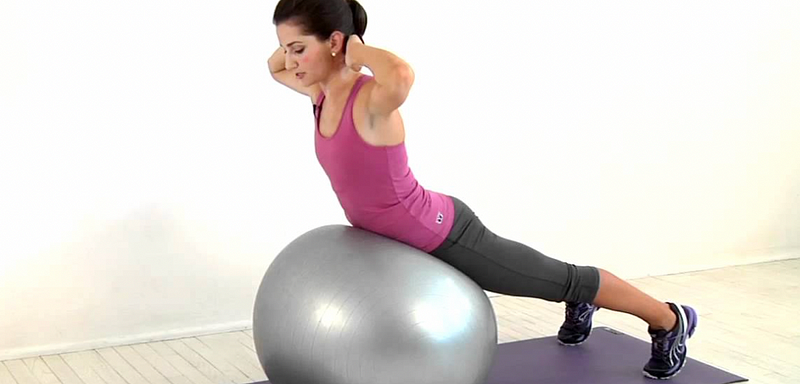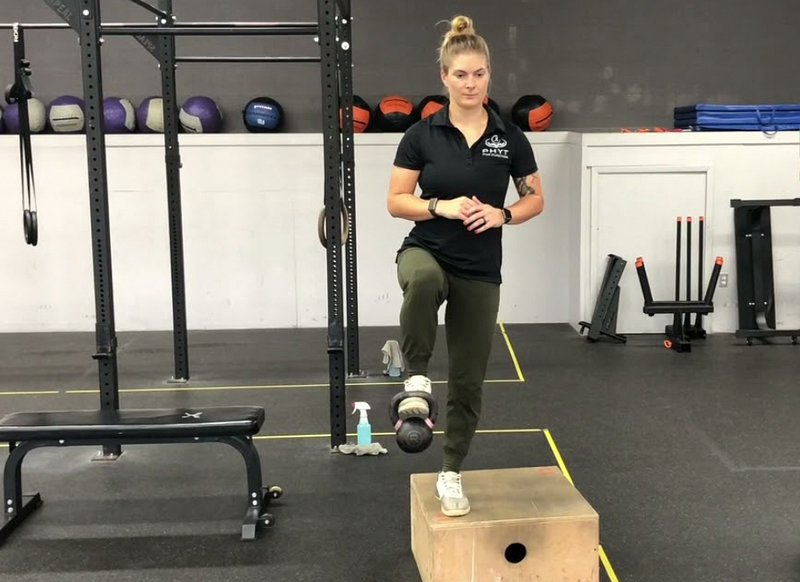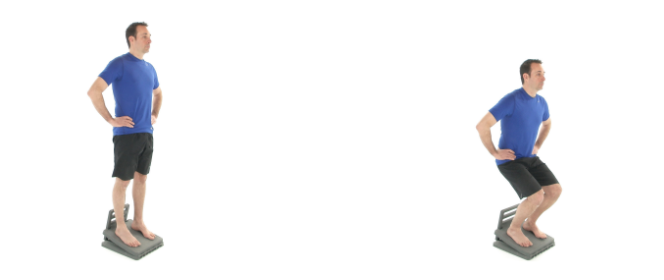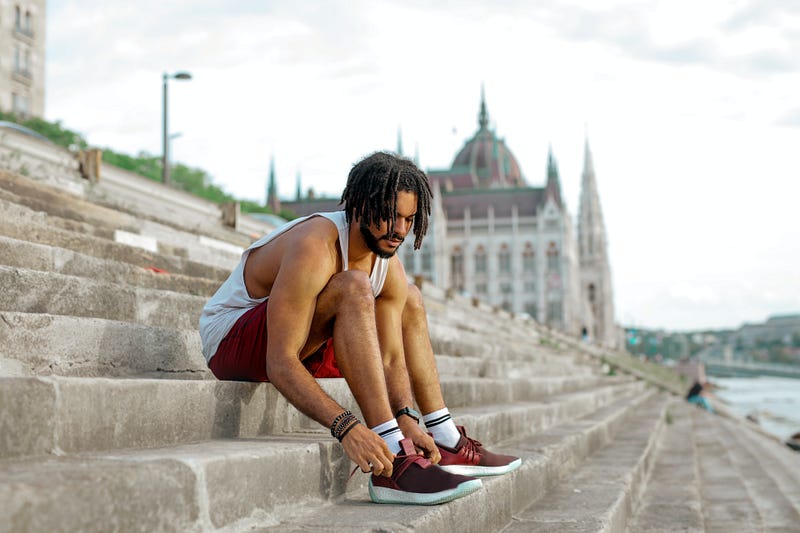Essential Movement Patterns for Runners to Alleviate Pain
Written on
Understanding Prehab Movements
Are you aware that one of the simplest methods to alleviate pain during exercise is to engage in specific prehab movements? These exercises prepare your body, getting your blood flowing, joints flexible, and muscles primed for the workout to come. I've developed various movement programs for runners, but today, I want to highlight three essential positions that many athletes frequently overlook. Don’t be one of them!
This brief routine takes less than five minutes and can be performed almost anywhere with just a few basic pieces of equipment. Although these movements might seem unconventional at first, they specifically target areas that often present challenges. Not only will these exercises enhance your running capabilities, but they will also help reduce everyday discomfort!
Let’s dive into these movements.
Getting Started with Prehab Exercises
While most people can perform these exercises without pain, it's crucial to note that they may not be suitable for everyone. If you're recovering from a major injury or have chronic conditions that could impact your safety during exercise, please consult with a healthcare professional before proceeding. Additionally, if you're new to this kind of training, take your time and avoid pushing through pain. Prioritize proper form, and you’ll be able to gradually increase your repetitions. Aim to incorporate this program 3–4 times a week for optimal results.
- Back Extension (Swiss Ball)

Application: 2 x 10–12 reps
Cues: Position your ASIS (anterior superior iliac spine) over the center of the Swiss ball. Start in a neutral stance and then gently raise your back to challenge your range of motion. Hold for 2–3 seconds while exhaling, then return to the neutral position to prepare for the next rep. The goal is to achieve enough extension to safely strengthen the endurance of your lower back without overdoing it. Ensure your toes remain firmly on the ground for stability.
Note: This exercise can also be done on a gym machine, but the Swiss ball option offers a great stability challenge and is accessible for those without gym memberships.
- Hip Flexor (Kettlebell)

Application: 10 reps per side
Cues: Grab a moderate-weight kettlebell (ankle weights can work too) and find a step or stair. Stand on the elevated surface and place the weight on your foot. Gradually lift and lower your leg as if mimicking your regular running stride. Complete a full set of 10 reps before switching sides. The added weight will activate your hip flexors while also enhancing lower body balance and stability.
- Decline Squat (Riser)

Application: 2 x 10–15 reps
Cues: This exercise resembles a standard squat but requires your knees to track slightly beyond your toes as you lower down. It may feel a bit awkward at first, but once you reach a challenging depth, push back up by activating your glutes. If you lack a wedge, you can use household items like books or boxes instead. Ideally, aim for about a 15–20 degree decline at the ankle.

Final Thoughts
Although these exercises may appear unusual, they can significantly reduce joint and muscle discomfort while enhancing your performance on the road. This serves as a reminder not to judge an exercise solely by its appearance, but rather by its impact on your body and the sport or activity you pursue. Commit to these movements three to four times a week, and you'll soon notice improvements in strength and overall health!
You've got this!
-David Liira, Kin
Explore foundational movement patterns for runners and how to strengthen them with this free webinar replay.
Watch this webinar replay to learn about foundational movement patterns for runners and effective strengthening techniques.